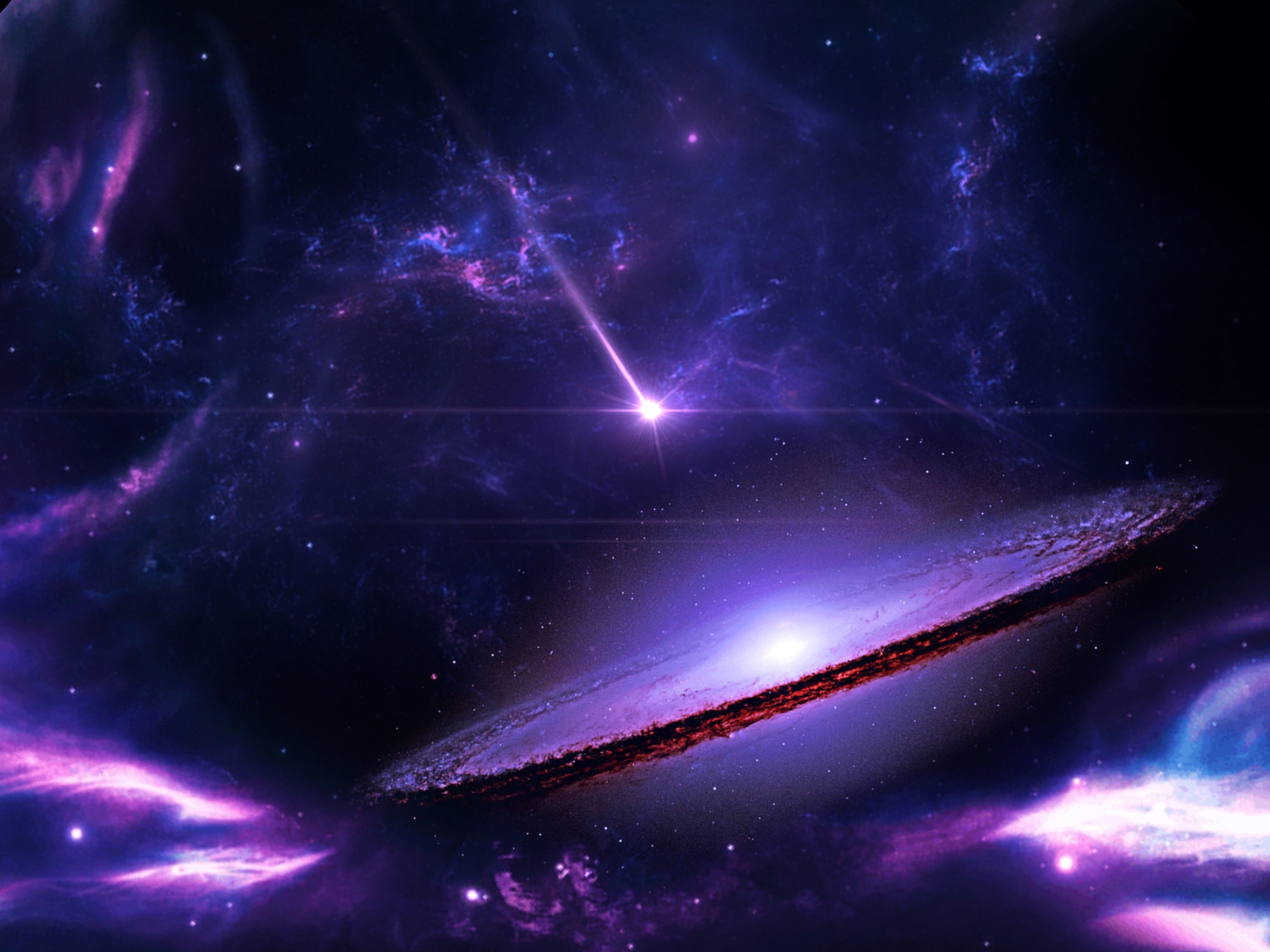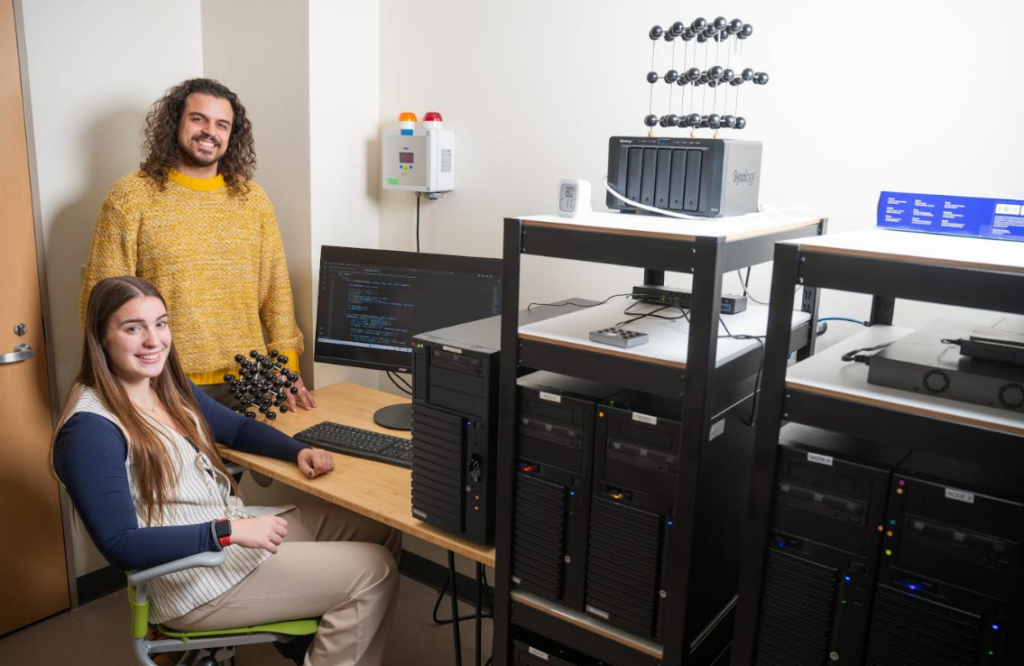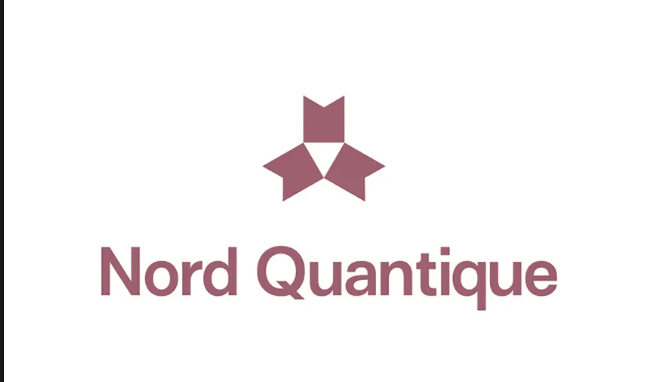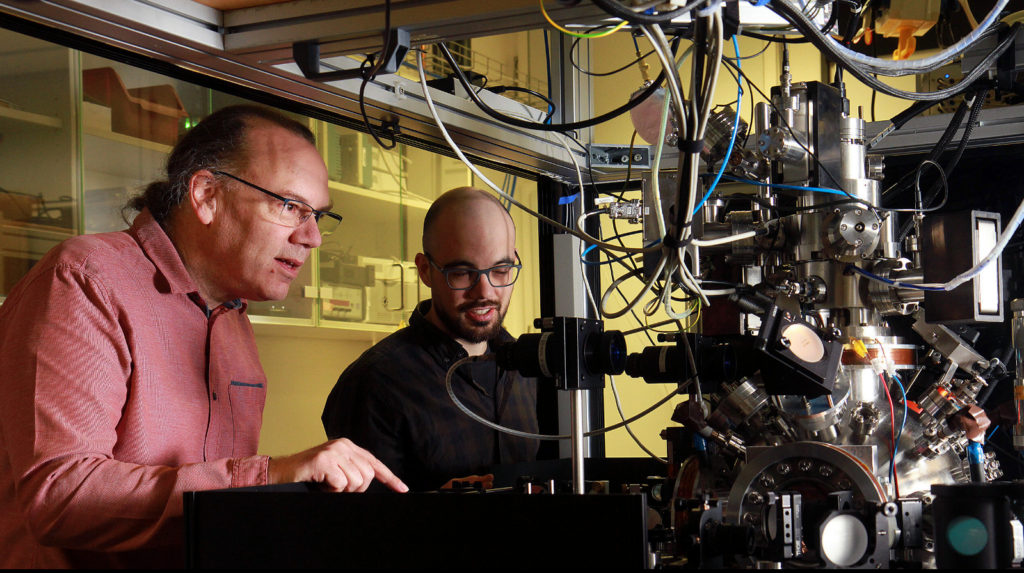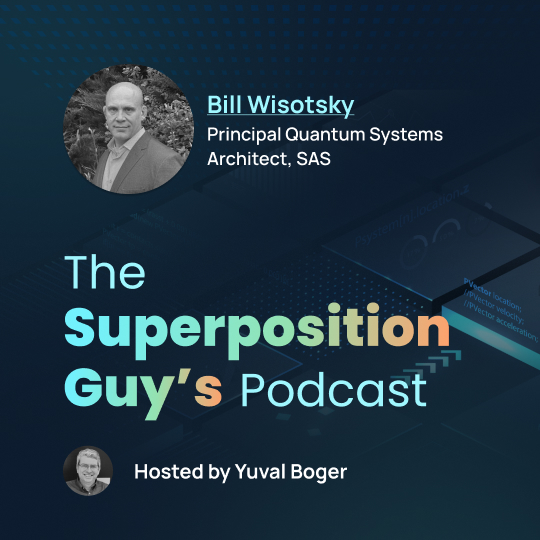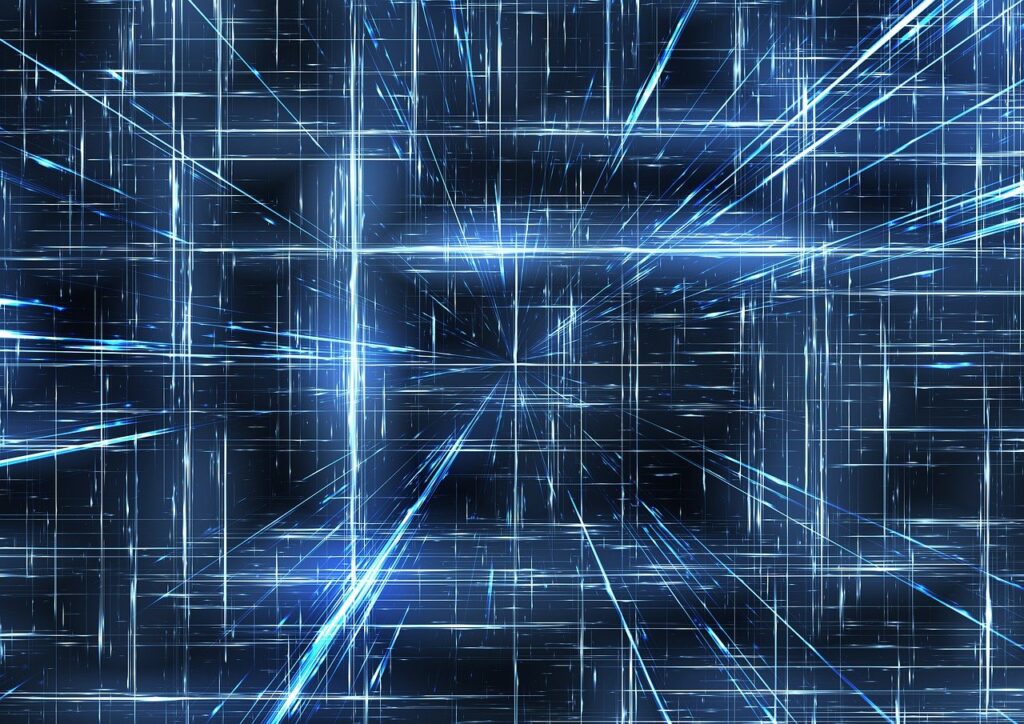Insider Brief
- A new theoretical study draws a mathematical analogy between black hole evaporation and the double descent effect in machine learning, proposing a shared structure in how information becomes recoverable in both systems.
- The researchers model the Hawking radiation process as a quantum linear regression problem and show that the Page time—when radiation begins to reveal internal black hole information—corresponds to the interpolation threshold where test error spikes in overparameterized learning models.
- Using tools from quantum information theory and random matrix analysis, the study frames black hole information recovery as a high-dimensional learning problem, without claiming black holes perform computation or proposing any new experiments.
A new theoretical study draws a mathematical link between black hole evaporation and a phenomenon in machine learning known as “double descent,” suggesting that insights from quantum gravity could help explain how algorithms recover information, even after extreme data loss.
The paper, posted this month to the preprint server arXiv, proposes that the way information gradually emerges from a black hole’s radiation resembles how quantum machine learning models begin to regain accuracy in an overparameterized regime, which is where the number of parameters far exceeds the number of training data points. The researchers interpret black hole evaporation as a quantum learning problem, where the hidden structure of Hawking radiation can be modeled using linear regression techniques familiar from modern artificial intelligence.
Conceptual Bridge
At the heart of the work is a conceptual bridge between two complex ideas: the Page curve from black hole physics, and the double descent curve from statistical learning. Both describe transitions in information accessibility. In black holes, the Page time marks the point at which the radiation outside contains more information than the remaining black hole interior. In machine learning, the interpolation threshold marks when a model becomes large enough to fit training data exactly — after which its performance surprisingly improves, despite being vastly overfit.

According to the researchers, the connection hinges on spectral analysis of high-dimensional systems. They use a mathematical tool called the Marchenko–Pastur distribution, which describes how much different directions in the data are stretched or compressed in large random matrices, to track how the rank and structure of information in black hole radiation changes over time. This same distribution plays a key role in understanding generalization in machine learning models trained on limited data.
In their model, the number of black hole microstates is treated as equivalent to a dataset size, and the dimensionality of the radiation as the number of parameters in a learning model. For background: Physicist Don Page proposed that as a black hole evaporates, there comes a tipping point—now known as the Page time—when the seemingly random Hawking radiation begins to reveal information about what the black hole once contained. Before the Page time, there isn’t enough accessible radiation to reconstruct what fell into the black hole. After the Page time, the radiation contains enough encoded information that, in theory, a complete recovery becomes possible.
Predicting Labels From Features
The researchers define a quantum learning task where observables of the black hole radiation — quantities that can be measured — are used to predict internal states of the black hole, similar to how a model learns labels from features. They show that test error in this quantum regression model diverges precisely at the Page time, mirroring the spike in error seen at the interpolation threshold in classical double descent. On either side of that peak, the test error drops, demonstrating a geometric symmetry also found in machine learning systems.
This inversion symmetry — where the roles of parameters and data can be exchanged — points to a deeper structural analogy. In both systems, the worst performance occurs when model capacity matches data size, and improves when capacity is either much smaller or much larger. The study claims that black hole evaporation behaves similarly: information is least recoverable exactly at the Page time, when the entropy of the radiation matches that of the remaining black hole.
Methods and Models
To arrive at their conclusions, the authors model the black hole and its emitted radiation as a quantum system described by density matrices, or mathematical objects that encode probabilistic quantum states. They analyze the behavior of these matrices under a regression setup, mapping the physical process of evaporation to a supervised learning task. Key quantities like variance in prediction error are derived using well-established formulas from both quantum information theory and random matrix theory.
The study does not propose any new physical experiments, nor, as we’ll learn, does it suggest that black holes are somehow using quantum machine learning. Instead, it reframes an unsolved physics question — the black hole information paradox — within the structure of machine learning. It suggests that what once seemed like lost information might be recoverable, not through new laws of physics, but through understanding how high-dimensional data behaves under regression-like transformations.
Although the work is theoretical, it is not purely speculative, either. The Page curve, Hawking radiation and the Marchenko–Pastur law are all mathematically rigorous. The novelty lies in aligning these concepts into a single analytical framework. Still, the model relies on simplifications: it assumes full knowledge of the black hole microstates, an exact theory of quantum gravity, and the ability to measure or manipulate quantum information at arbitrarily fine scales, assumptions that are, from the best of current knowledge, yet to be made practical.
The authors also acknowledge that while their analogies are precise in a mathematical sense, they do not imply that black holes literally perform machine learning tasks. Rather, they suggest that both systems obey similar information-theoretic constraints, and that machine learning could offer new diagnostics for understanding the geometry of spacetime and quantum information flow.
Future Directions in Quantum and AI Research
Looking ahead, this cross-disciplinary framework could help researchers reexamine other quantum gravity puzzles using tools from AI. Just as entropy and temperature became useful analogies for understanding black holes in the past, variance and bias may offer new insight into how information behaves under extreme physical limits. Conversely, the learning dynamics of black holes could inspire new models for how quantum machine learning systems generalize under data scarcity or overcapacity.
The study also adds to a growing body of work that seeks to unify physics and machine learning through shared mathematical language. If these connections continue to deepen, they may not only clarify mysteries about the universe’s most enigmatic objects, but there’s a chance it could also improve the next generation of learning algorithms.
The preprint was authored by Jae-Weon Lee of Jungwon University in South Korea and Zae Young Kim of Spinor Media.
The paper on arXiv dives in deeper technologically than this summary story, so reviewing the study for more exact technological detail is recommended. ArXiv is a pre-print server, meaning the work has not officially been peer-review, a key step of the scientific method.

